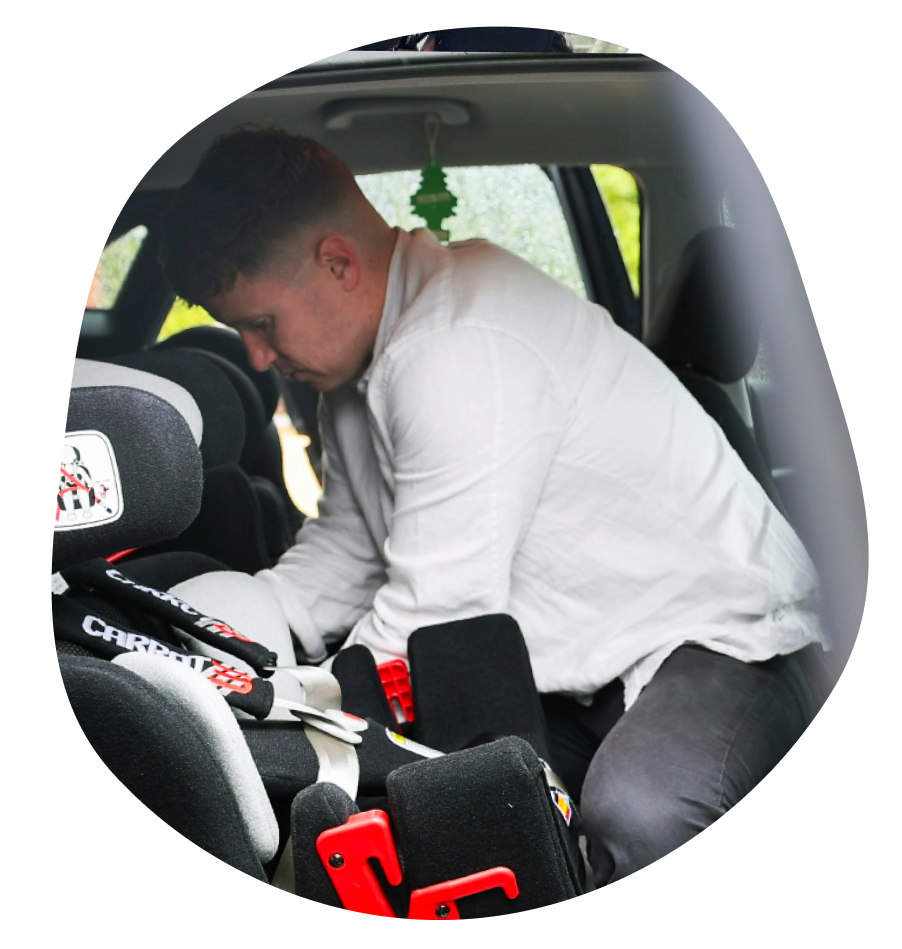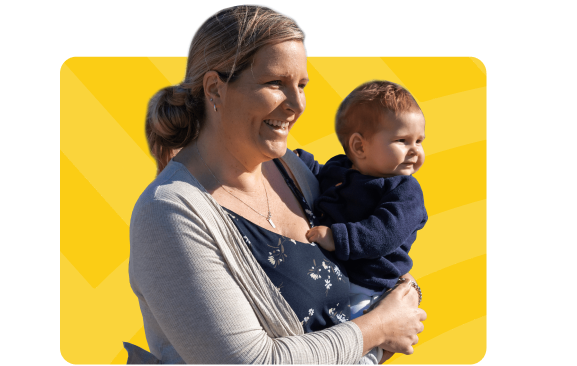New South Wales
Understanding road laws

Introduction
When children or young people are prescribed special purpose car seats, modified Australian standard car seats, specialty harness/vests, and other devices (e.g seatbelt buckle covers) there are specific road rules and vehicle standards that must be complied with in New South Wales.
The most common rules for New South Wales are summarised below.
If you can't find the information you are looking for please get in contact with us.
Road rules
There are different rules for transporting children under 7 years, and children and young people aged 7 to under 16 years, and vehicle standard exemption requirements for the legal use of seatbelt buckle covers.
If a child or young person with disability or medical condition (under 16 years of age) is prescribed a special purpose car seat, modified Australian standard car seat, or specialty harness/vest the following road rules must be complied with.

Children under 7 years (special purpose car seat)
The driver is exempt from transporting a child in an Australian standard car seat, providing:
* the driver is carrying a medical certificate that states the child is unable to travel in a Australian standard car seat because of their medical condition or disability
* the child is travelling in a child restraint designed for a person with a disability or medical condition
* the driver is complying with any conditions stated in the medical certificate

Children under 7 years (modified Australian standard car seat, harness/vest)
The driver is exempt from transporting a child in a Australian standard car seat, and able to transport the child in a modified Australian standard car seat or harness/vest providing:
* the driver is carrying a medical certificate that states the person should not wear a seatbelt because of a disability or medical condition
* the person is complying with any conditions stated in the medical certificate

Children 7 to under 16 years
The driver is exempt from transporting a child or young person in an Australian standard car seat or vehicle seatbelt, providing:
* the driver is carrying a medical certificate that states a medical practitioner believes the person should not wear a seatbelt because of a medical condition or disability
* the person is complying with any conditions stated in the medical certificate

Seatbelt buckle covers
The NSW Vehicle Standards Information 49 (VSI 49) provides the conditions that must be met for the legal use of a seatbelt buckle cover, without needing to apply to Transport for NSW for approval.
VSI 49 requires the following:
- medical certificate to be carried in the vehicle with the buckle cover manufacturer’s instructions attached.
- the seatbelt buckle cover must comply with AS 4370:1996 (note this standard is out of date) and be fitted in accordance with manufacturer’s instructions.
- the seatbelt buckle cover must be removed when not being used by the nominated person.
NOTE: VSI 49 has not been updated since 2007 and includes out-of-date information. MACA continues to request that VSI 49 be reviewed.
For more information refer to MACA's buckle cover model policy.
Advice to Parent form
MACA recommends an Advice to Parent form be carried in each vehicle the child or young person travels in. In some states and territories, this is a legal requirement.
The MACA Guide, provided free to participants of our online training course, includes detailed information to assist prescribers in completing the form.
Disclaimer: The Advice to Parent form is only for use by MACA trained professionals. MACA bears no responsibility for unauthorised use of this form.
FAQs

Can't find what you're looking for?
Get in touch for help

